The Differences between Air Conditioners, Off-grid, and Alternative Cooling Methods.
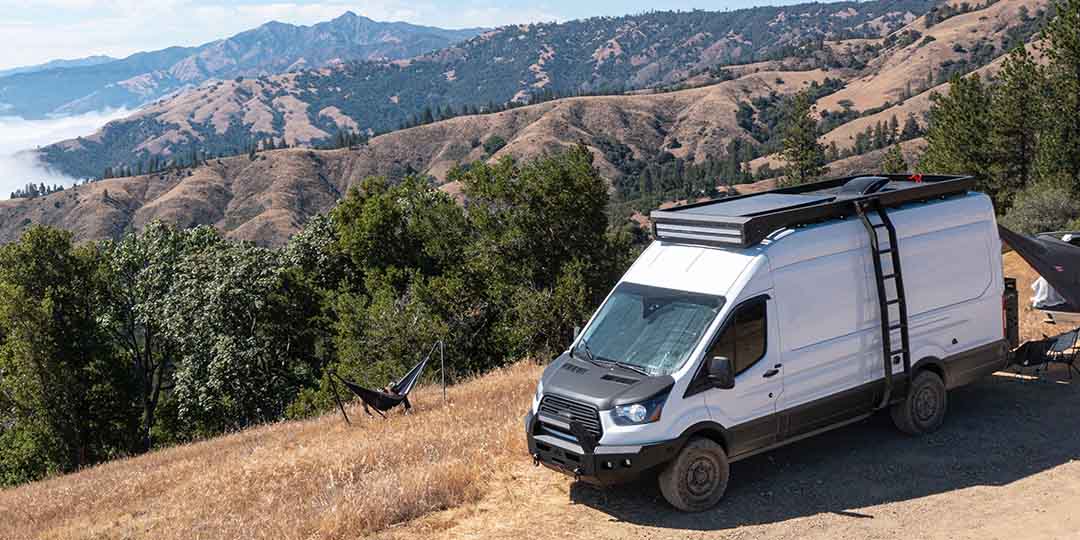

This page primarily focuses on the cooling of camper-vans. We will also examine ZERO BREEZE customers’ understanding of outdoor off-grid. We will discuss the need for air conditioning, demands, and alternatives.
Many people who own Class B, camper-vans, and conversion vans prefer adventurous camping. The excellent accessibility allows for infinite options. Especially because of its 4*4 van chassis, it can get closer to the attractions allowing for better views.
Some people are tired of campground plugs and fuel generators. So in this article, we will focus on some cases of air conditioning in a camper utilizing only batteries or solar power.
Humidity:
Humidity is how much water vapor is in the air. Places like woodlands, lakes, or mountains are more humid than our homes. When we sweat, our bodies typically rely on air to get rid of the sweat that accumulates on the skin. Sweat cools the body. When the humidity in the air is high, the warm moisture stays on our skin longer, making us feel even hotter. Let's examine the “heat index” below:
Look at the NWS Health Index chart and you can see that temp/humidity combo is putting your body in danger of suffering from a heat injury.

The Sleeping Challenge:
Most of us are used to sleeping in an air-conditioned environment, even when the weather is not too hot.
We don’t often think about AC when we’re outdoors because our bodies can adjust to the temperature. But when we try to sleep, the hot temperature of the bed and the humid air can make sleep unbearable.
According to studies, over 80% of campers don’t want to go camping after their first time. The main reason for this is due to not being able to get a good night’s rest due to the heat.
1. Fans
Many campers and RVs employ roof-mounted fans to provide forced ventilation. The airflow allows your skin to evaporate sweat faster. A fan works by generating a flow of air in its area. This movement of the air generates a breeze. The person in front of the fan can feel it on their skin.
A fan can decrease the internal temperature from 93 to 82 degrees, while the external temperature is 78F. But it cannot be lower than the ambient temperature. The fan will speed up the evaporation of sweat on our skin to cool down. The fan cannot change the humidity. So if it’s hot and humid outside, the inside of the van won’t be comfortable and the fan cannot make a noticeable improvement.
2. Swamp cooler
The swamp cooler appears inexpensive and takes little power, but it isn’t very efficient.
A swamp cooler utilizes the evaporation of water to chill the airflow. Therefore, it is normally required to apply iced water for cooling, but the cooling effect is minimal.
It is not suitable for outdoor activities. It raises humidity and requires a lot of freshwater.
No one wants to go to a gas station and pick up 20 pounds of ice every morning just to stay cool.
3. Air conditioner
Air conditioners use refrigerants to adjust ambient temperature and humidity by evaporating or condensing through a compressor. Using an air conditioner will be the best solution for campers in high humidity and high-temperature environments.
We need to figure out the cost of purchasing and installing air conditioners. We also need to consider operational costs.

Which one of these solutions best fits your needs?
Some people reported that the AC with 5,000 BTU is cool enough for their insulation van. While others mention that they want at least 13,000 BTU AC to be satisfied. Why is there this disparity?
Consider these Questions:
1. - How hot and humid is it outside?
2. - How large is your van?
3. - How well insulated is your van?
4. - Are the windows insulated and have reflectors?
5. - Is it parked in the shade or in direct sunlight?
6. - Is there any heat source in your van?

BTU
BTU stands for the British Thermal Unit. It’s a measurement of energy. All air conditioners come with BTU ratings. The rating tells you how effective your unit is. Air conditioners work to remove heat from the air and bring cool air back.
Common heat sources
- We should know that each human produces about 350-500BTU/hr.
- (lower when sleeping, higher when working out)
- A 1000w inverter produces 500 BTU/hr when it's working
- Sunlight produces 283.6 BTU/sqft/hr
- Under the direct sunlight, a 10 sq ft window with 80% transmittance has 2200 BTU/hr
Through the simple list above, we can calculate the size of the air conditioner we want to select. If the BTU of the air conditioner is greater than the heat source in the environment, it can cool the temperature.
For example, in a fully insulated, sunless double-size bed area with two people in it, an air conditioner with 1,000 BTU can maintain the ambient temperature at the same level if there are no other heat sources.
A 2,000 BTU air conditioner will keep the temperature in the area below the ambient temperature. As long as the air conditioner reduces the amount of heat per hour more than the amount of heat generated in the area, the space gradually becomes cooler.
We also find that sunlight is a powerful source of heat. With proper light avoidance and insulation, we can greatly lower the direct heat from sunlight to the area. Homes have far better insulation because there are good thermal insulation materials on the walls, and the width of the walls is much greater than in a van.
- A 6,000 BTU air conditioner usually cools a 100 sq ft bedroom.
- A 4-passenger van usually requires over 12,000 BTUs of air conditioning
- Some vans use one rooftop air conditioner, while larger RVs use two or even three. Their rating ranges from about 8,000 BTU/hr to about 16,000 BTU/hr.

So What’s The Difference?
At night time, for a 2-person sleeping space, we only need 2000 BTU of air conditioning to cool a 40 sq ft space if there are no additional heat sources.
For an average insulated space under the sun, at least 12,000 BTU for a 40 sq ft space is required. And a Class-B van needs at least a 12,000 BTU air conditioner.
Does higher BTU mean better?
Air conditioning requires a lot of power to operate, and air conditioners in large BTUs generally require more power. An air conditioner that uses a staggering 1200w/h to generate 12,000 BTU/h of cooling can only be activated with the help of campground shore power.
Campgrounds are not free and require reservations. Sometimes campgrounds are fully occupied. In the case of wanting to go to someplace better and more remote, we will have to think about how to run the air conditioning off-grid.
1. A Fuel Generator
A fuel generator is a way to produce electricity, but it still has some disadvantages. It's inconvenient to carry fuel around, and it’s costly to keep a generator running. In addition, the generator can be very noisy. We set it outside of our van, but it is still loud enough for ourselves and others. Also, many campgrounds do not permit campers to use generators after 6 p.m.
2. Solar panels
Considering the variation of sunlight in a day, if there are 8 hours of sunlight, the least conversion efficiency is 35% but the average conversion efficiency is 60%. It takes at least 20,100W solar panels to store electricity for 8 hours during the day to support 12,000 BTU air conditioning for 8 hours at night.
Considering the 15% loss of the inverter, we still need a storage battery of at least 10kWh to store the electricity. Not only is the whole package massive, but the cost is also incredible. The 2000w solar panel costs $6,000, the 10kWh storage battery costs $10,000, and the 2000 inverter is $500, such a plan is only suitable for a fixed living scenario.

How to Live Off-Grid
Night-time
The most basic need in outdoor scenarios is to cool sleeping quarters. What’s more impressive is cooling the entire van. Combined with the energy conditions, if you only need air conditioning at night while sleeping, then 2000 BTU of air conditioning can be satisfied. 8 hours of use only requires a maximum of 1.6kWh of energy, which means that many van' energy storages can meet the conditions. 400w solar panels can also reach off-grid camping. At this rate, volume and cost conditions are more manageable.
Day-time
When the van's heat insulation is poor, it will accumulate heat in the sun. In this case, trying to cool the vehicle with air conditioning is as bad as draining a leaky cabin, you will get half the result with twice the effort. Under the midday sunlight, when the outside ambient temperature is 80 degrees, the temperature inside a Class-B van with all the doors and windows open for ventilation is roughly 90 degrees. If you leave all doors and windows closed, the temperature in the van can reach 110 degrees.
It’s a good idea to avoid strong sunlight during the day.
Here are some suggestions:
1. Another tip is to park your van in a shady place. It is the easiest way to lower heat and has even better cooling when using AC. Parking in the shade helps to chill your van 10 degrees or more. If you are in the middle of nowhere and have no shades at all, try to use blackout curtains. Blackout curtains generally block unwanted sunlight and provide you with energy-saving insulation. You can even cover your van with a blanket, or a couple of reflective window covers; these options are inexpensive and reflect sunlight pretty well.
2. Having a skylight window will give you a chance to let in more fresh air and help achieve ventilation within your van. Park in a safe place, and try to leave your door and all the windows open during the day, thus maximizing the airflow throughout the van.
3. Most importantly, go out and have fun on your journey! Don’t stay inside the van all day. Go for a walk in the mountain stream, play in the shade of the trees and enjoy the natural breeze. Use fewer appliances at night and use a portable air conditioner to get a good night's sleep.
4. If you have to stay in the car, keep in mind that good insulation is well worth the investment. Good insulation will ultimately reduce energy consumption and related costs. Consider painting your van roof with solar-reflective paint. Because lighter colors reflect sunlight. An even better solution is to set up solar panels on the roof. This will block sunlight and convert it into electricity. Paint your van in a light color and shade your van with solar panels.
5. At the same time, set up a smaller cooling area. Using a curtain to separate the resting areas in the van will help, or direct cold air to the sleeping bag.
6. In extreme weather, we should avoid camping, or we should go to the campground. This is a much safer option.

Considering Going off-grid
When preparing for off-grid camping, know that we need to give up many things: a big TV, a bathtub, a fridge full of food, kitchenware, and even the air conditioner. We should consider sustainable energy options. Without a 24/7 air conditioner. A small portable Mark 2 air conditioner is good enough for a better sleeping experience and also takes care of friends and family for a comfortable camping experience.
ZERO BREEZE is designed on this basis. We developed the world's smallest miniature double-cylinder inverter compressor. It is the only compressor developed and mass-produced for small air conditioners. We hope to realize the possibility of limited energy conditions and find a balance between off-grid and comfort.
We designed a unique air conditioning duct system around the goal of miniature, minor power, and battery integration to achieve an air conditioner as tiny and convenient as a weekender bag. Mark 2 can be easily placed and moved around like a fan.
Mark 2 is unlike a traditional air conditioner. The traditional air conditioner can only work in a fixed location in the van and must cool the entire space to truly cover the entire area. Answers about ZERO BREEZE Mark II
ZERO BREEZE is continuously exploring the intersection of off-grid technology and comfort to make outdoor off-grid life better. Meetings' basic needs like energy efficiency, compact size, and seamless deployment are finally a breeze.







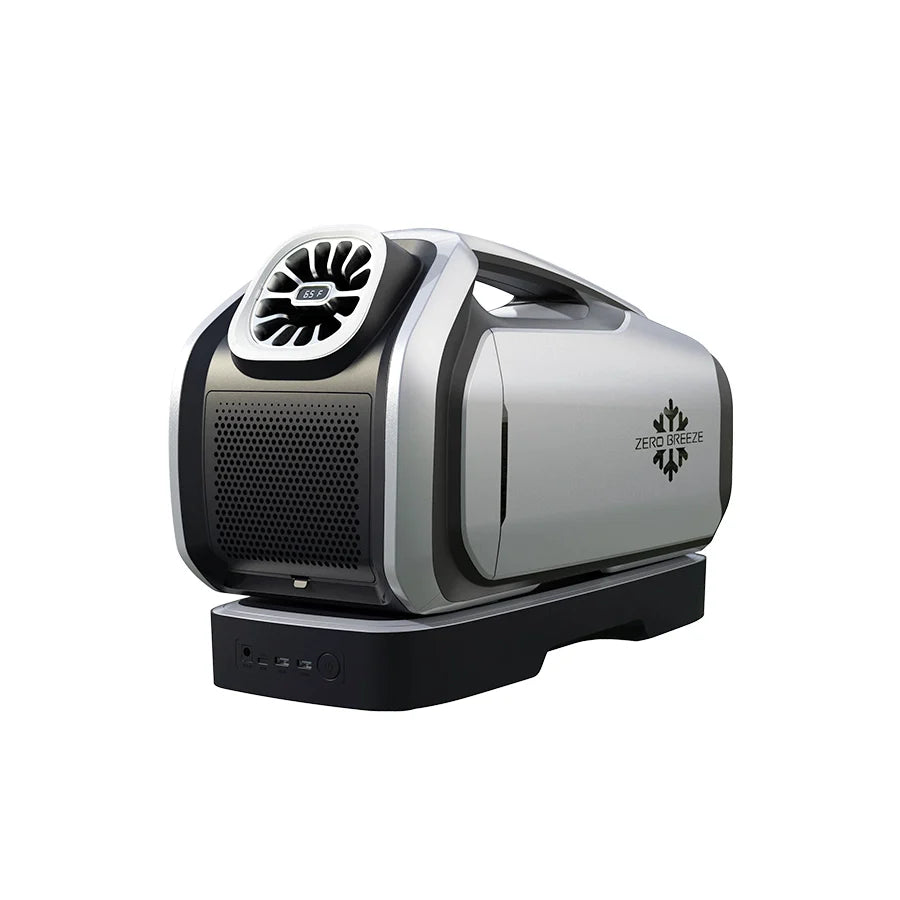
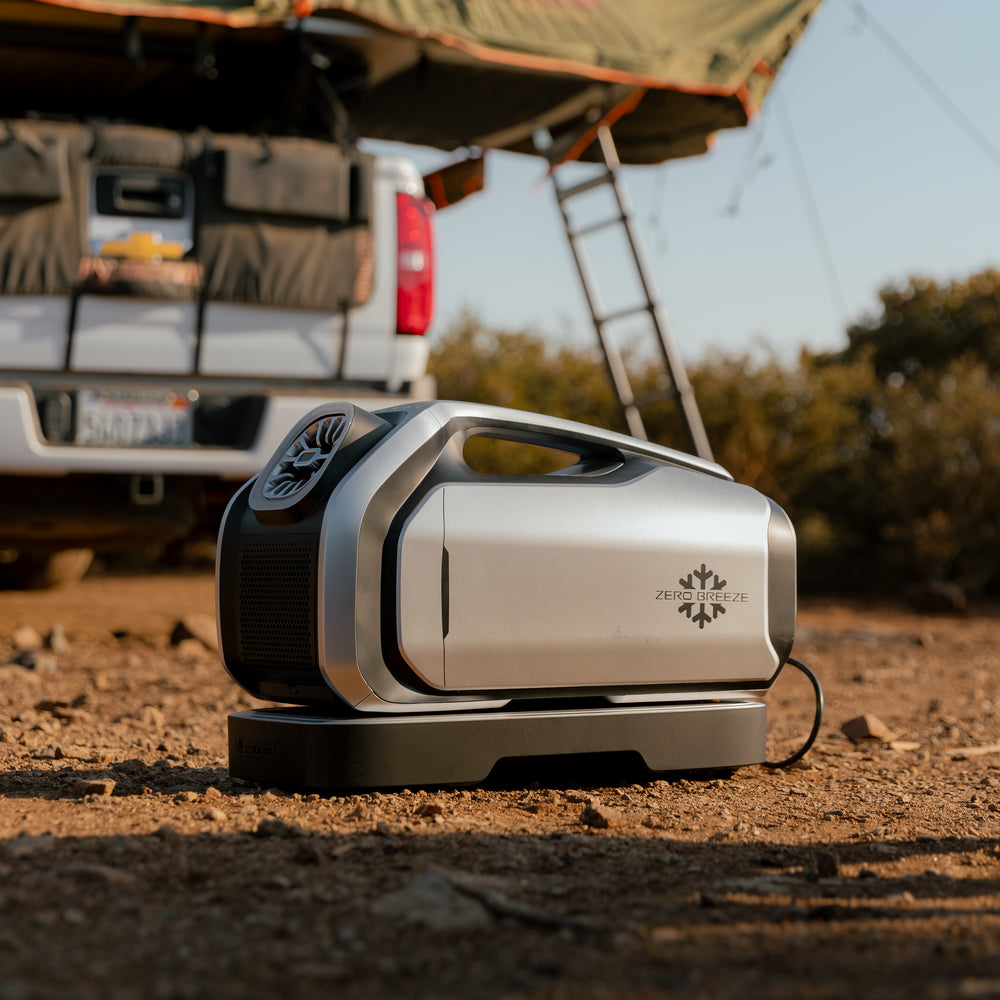
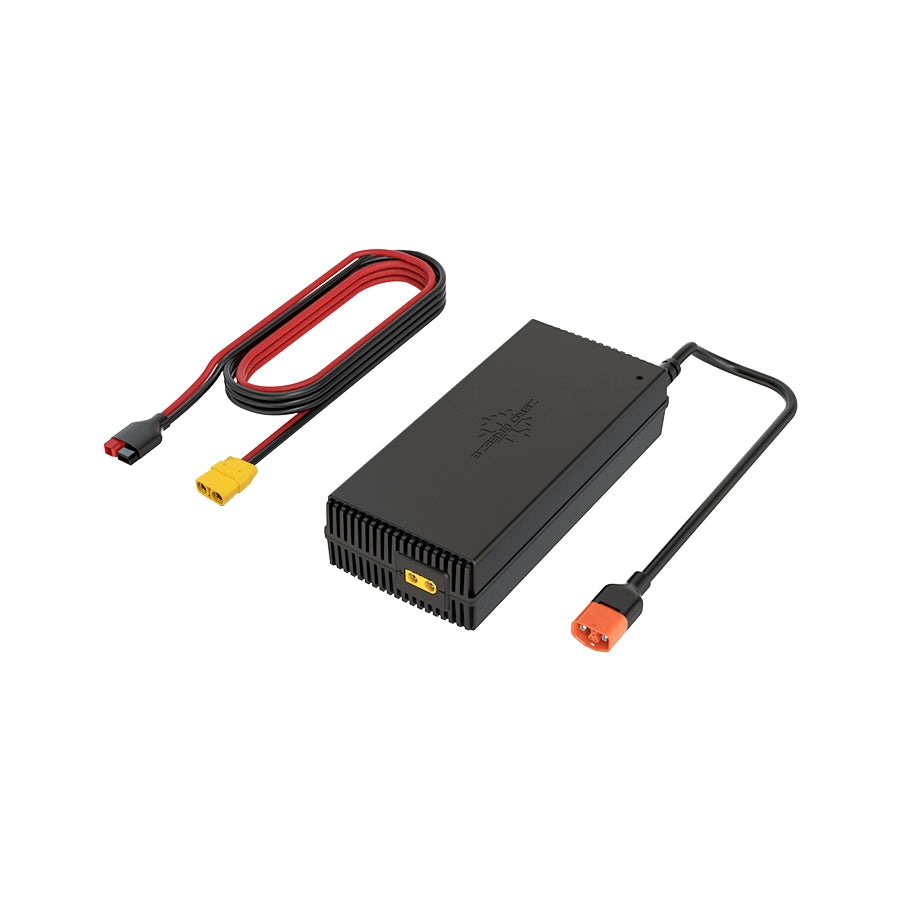
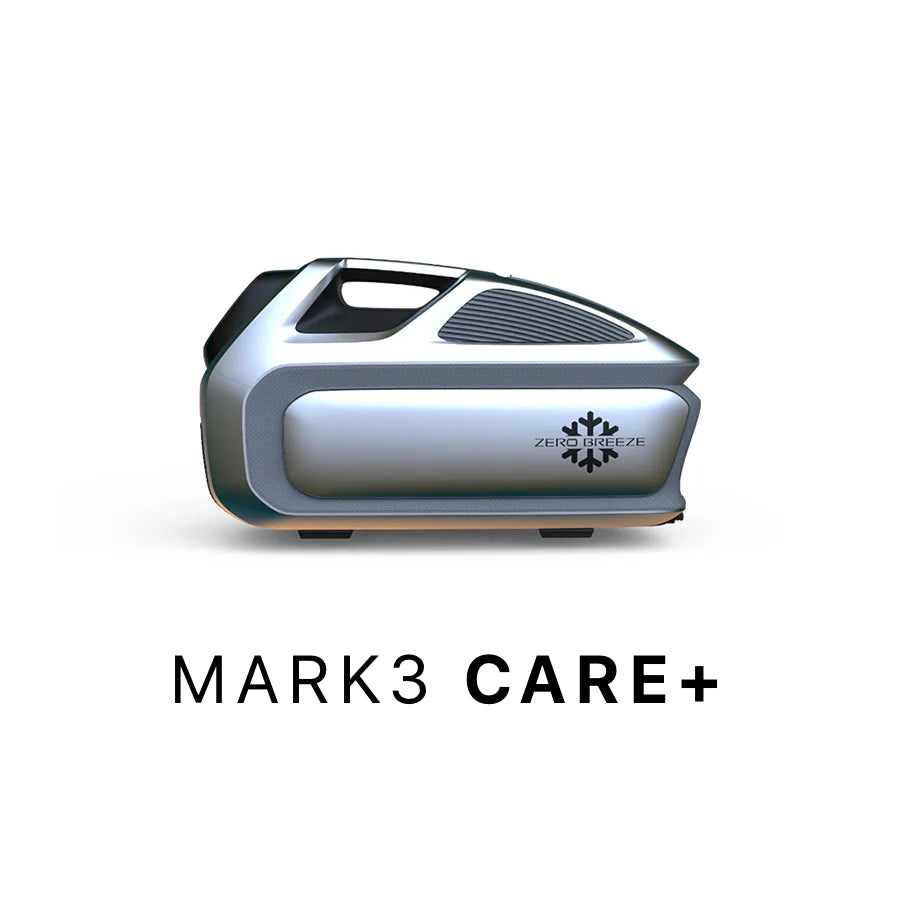
Leave a comment